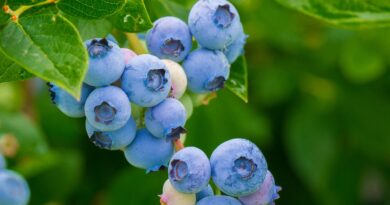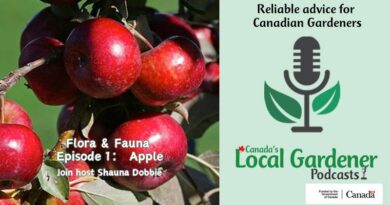About Brassicas
Watch for an article on these vegetables in the summer issue of Canada’s Local Gardener magazine!
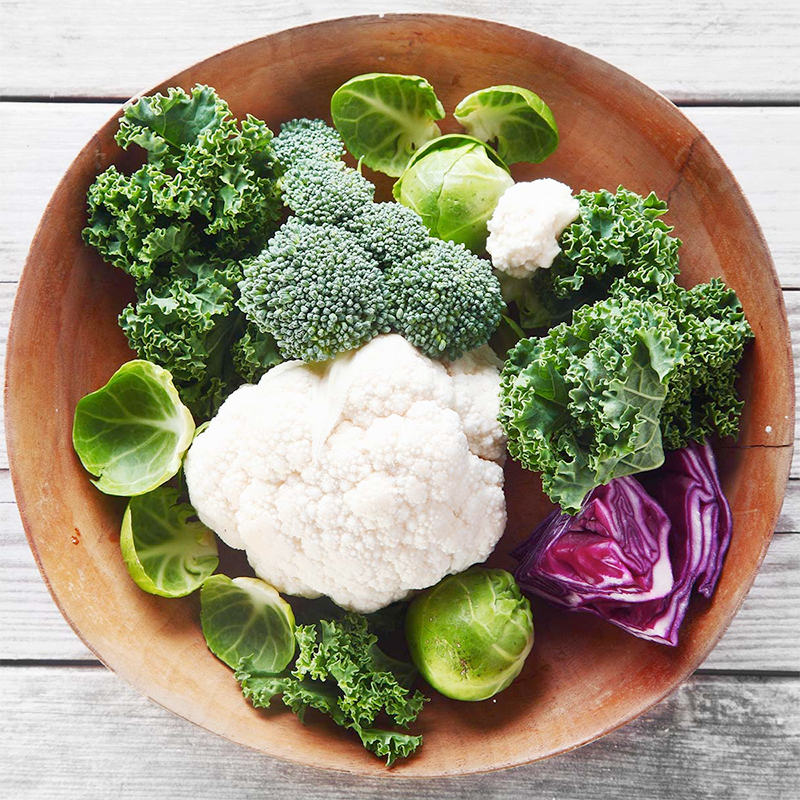
1. All the same species.
Broccoli, Brussels sprouts, cabbage, cauliflower, collard greens, kale, kohlrabi and gai lan are all variations of the same genus and species, Brassica oleracea. The original plant, B. oleracea var. oleracea or wild cabbage, is an unattractive biennial that grows in alkaline-leaning soil in southern and western Europe. A few thousand years ago folks noticed that it had thicker leaves and figured this made it good for cultivating.

2. Kale and collards.
Kale and collards were the first of the brassicas to be cultivated, beginning by 2000 BCE. They are the closest in form to wild cabbage. What is the difference between them? Kale is curly, more tender, more bitter and comes in a wider variety of colours than collards.
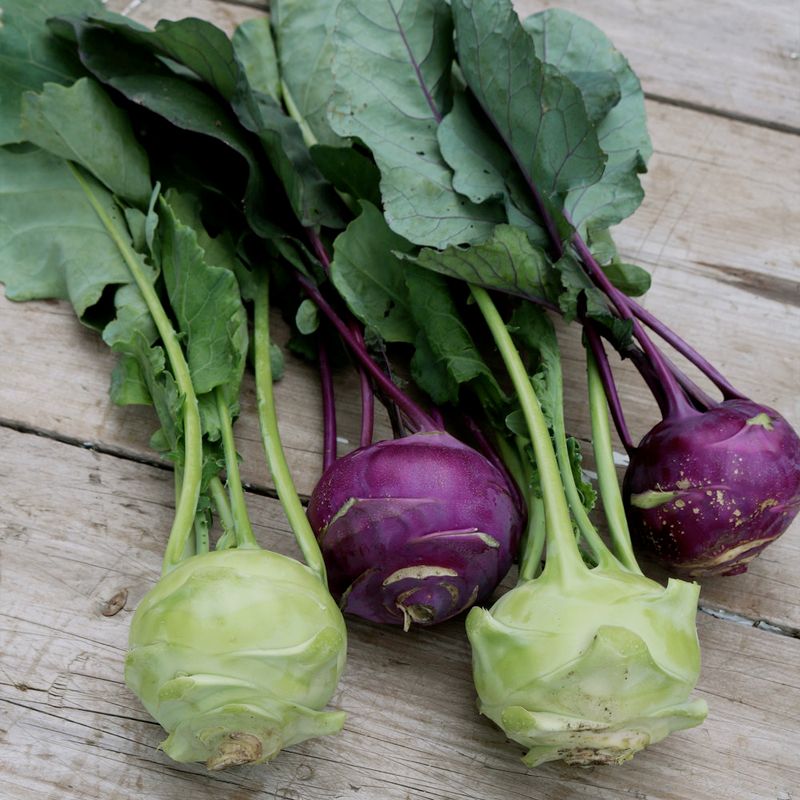
3. Kohlrabi.
By the first century CE, kohlrabi was developed in Germany. This came through a preference for fatter stems; the bulb on kohlrabi is actually part of the stem. If you’ve ever looked at it in the supermarket and wondered people do with it (I have), you can treat the greens much like kale and collards, while the bulb can be sliced, diced or julienned and eaten raw, roasted or boiled, but peel it first. It tastes like a broccoli stem, but sweeter.
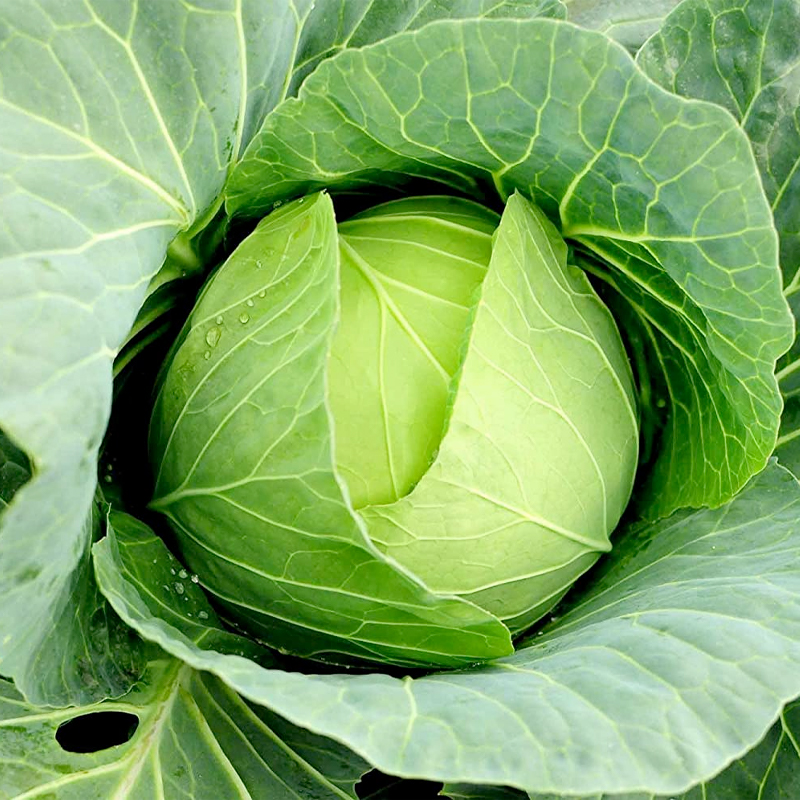
4. Cabbage.
For such an old and common vegetable, they are kind of hard to grow. They like water, but not too much. They like long, sunny days, but not heat. They have their own special pests, like the cabbage worm, the cabbage looper and the cabbage root maggot while also being adored by thrips, aphids and cutworms. They feed heavily on nitrogen, phosphorous and potassium. But if you love ‘em, you grow ‘em.
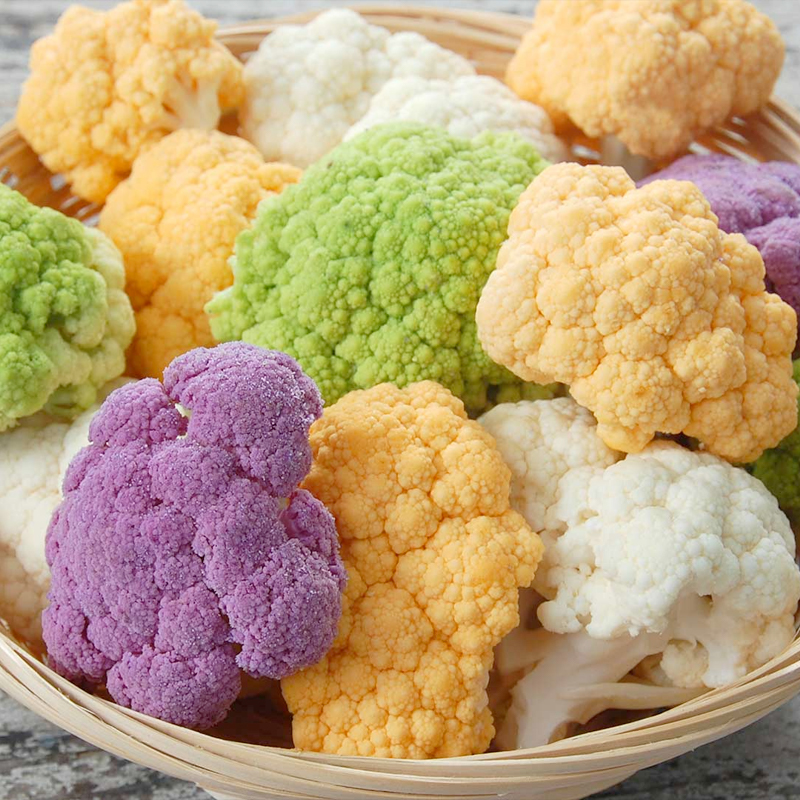
5. Cauliflower.
Cauliflower comes in traditional white but also in green, orange and purple. The orange is from a natural mutation, which was found in Canada. The colour is from beta carotene. The purple cauliflower has anthocyanins.
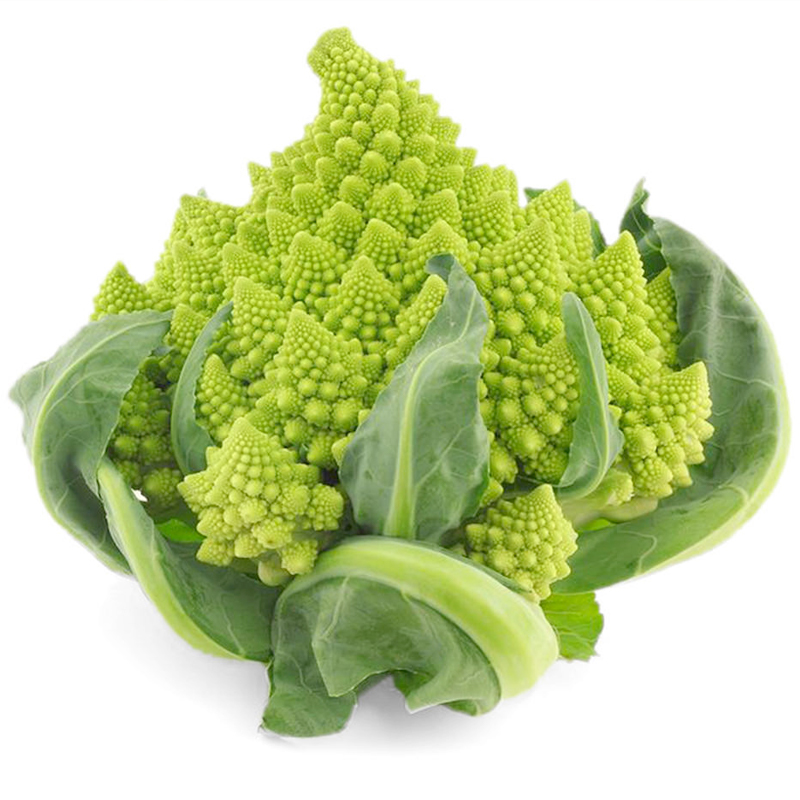
6. Romanesco.
The fancy-looking green Romanesco is another type of cauliflower, with the curd growing in pointy spirals. Think it’s new? It isn’t. Romanesco has been grown in Italy since the 1600s.
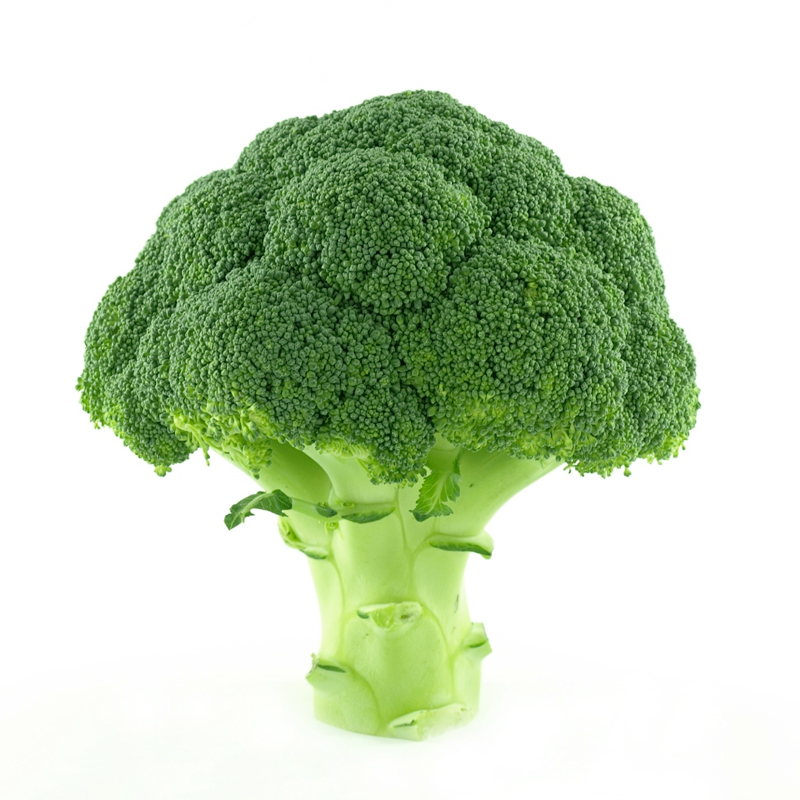
7. Broccoli.
It seems Renaissance Europeans had a penchant for eating immature buds of flowers. That is how broccoli was developed in Italy in the 16th century. The word broccoli means “the flowering crest of a cabbage”.
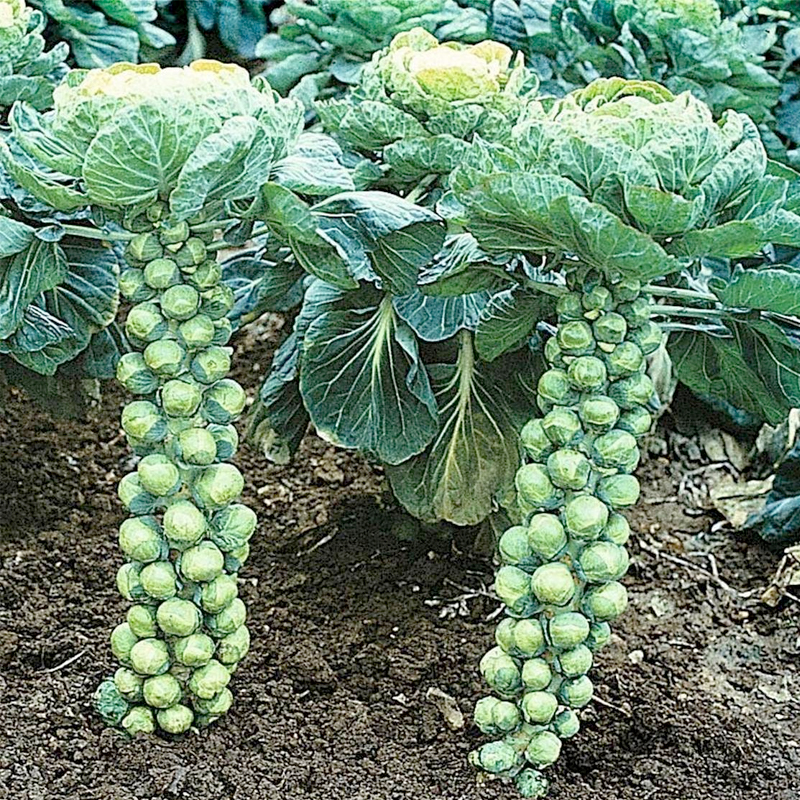
8. Brussels sprouts.
If you’ve never seen them growing it can be surprising: Brussels sprouts grow along a stalk, at the leaf nodes, not as individual cabbages. There are purple varieties of Brussels sprouts; in this case, they’ve been cross bred with purple cabbage. Traditionally a bitter vegetable, scientists discovered the chemicals responsible and, since then, have been breeding varieties that are sweeter.
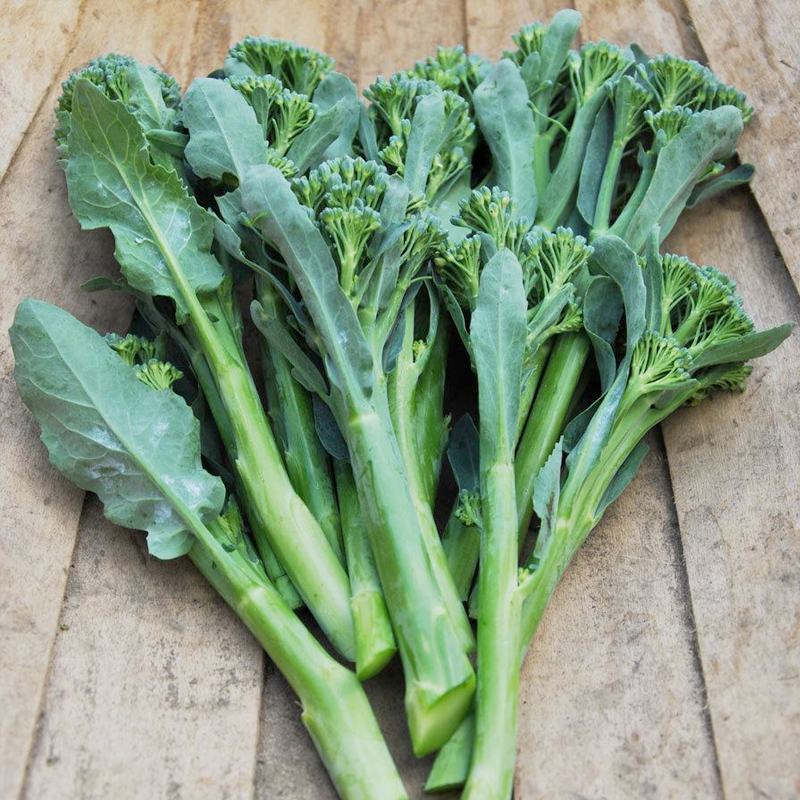
9. Gai lan.
Also known as Chinese broccoli, this vegetable looks like a leafy, sparser version of broccoli. The two have been cross bred to create broccolini, which is like rapini without the bitterness. (Rapini, by the way, isn’t part of this species; it is Brassica rapa.)
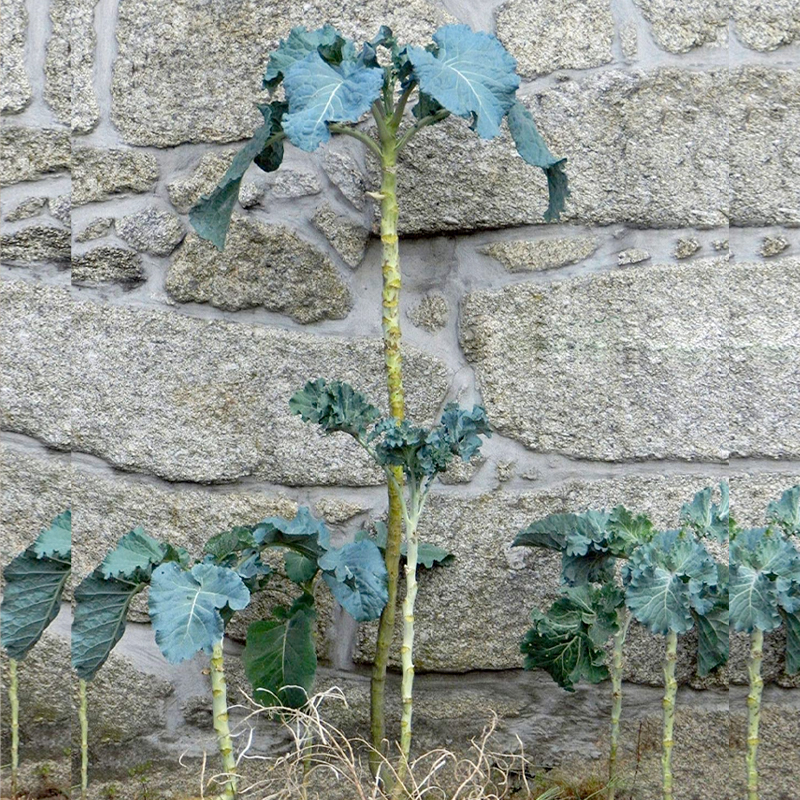
10. Jersey cabbage.
This is a variety of brassica that is grown for fodder and for walking sticks in the Channel Islands, between England and France. Grown for walking sticks, you say? Yes, indeed. The cabbage grows on a stalk that is 6 to 10 feet high. When these stalks are dried, you can varnish them and use them as walking sticks. The leaves are well liked by sheep and cattle, though now they’re mostly grown for feeding rabbits.
-Shauna Dobbie Copyright©
Pegasus Publications Inc.
To download a printable copy of 10 Neat Things about Brassicas, click here.


